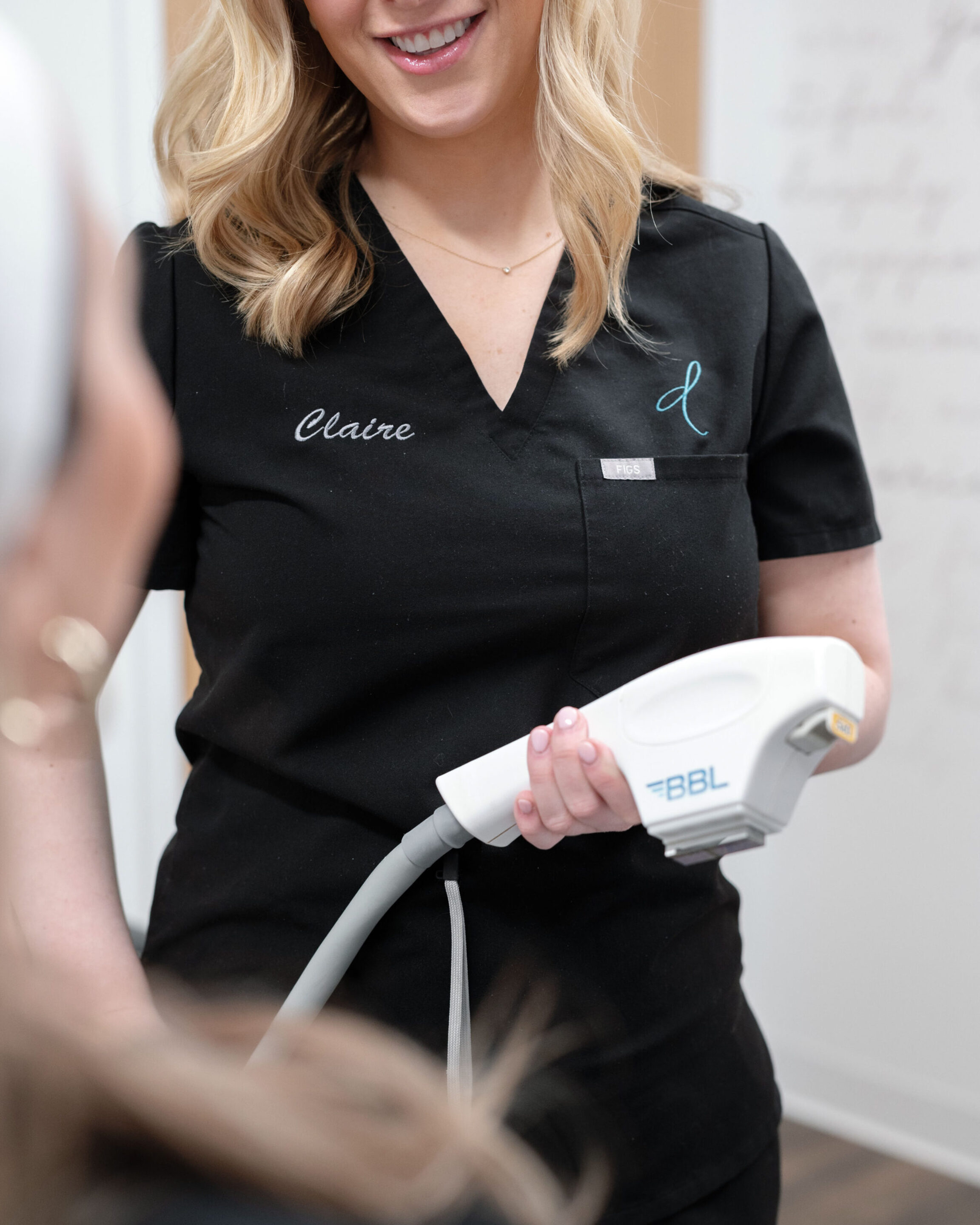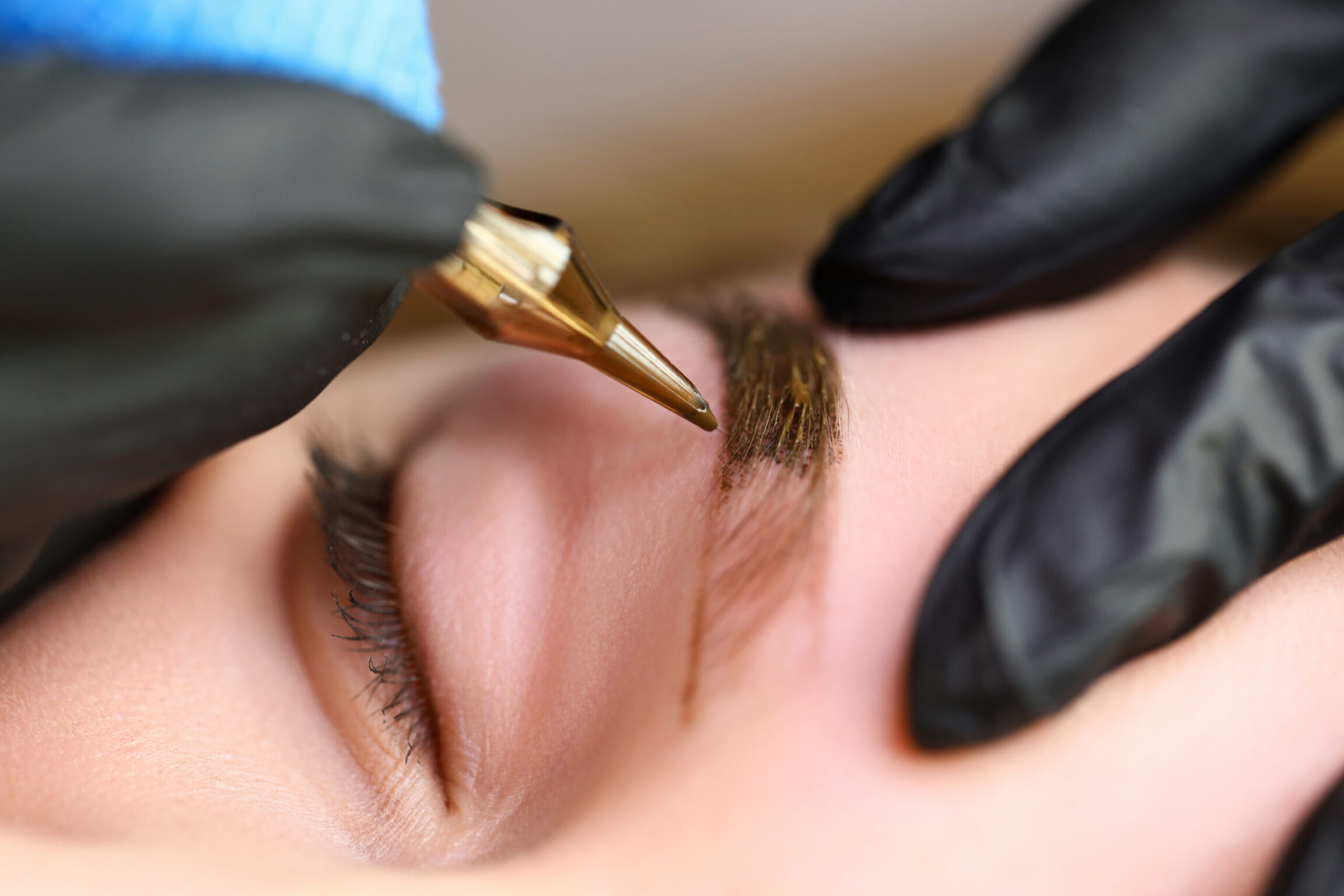General Anesthesia Vs. MAC
Different Surgical Procedures Require Different Methods Of Sedation
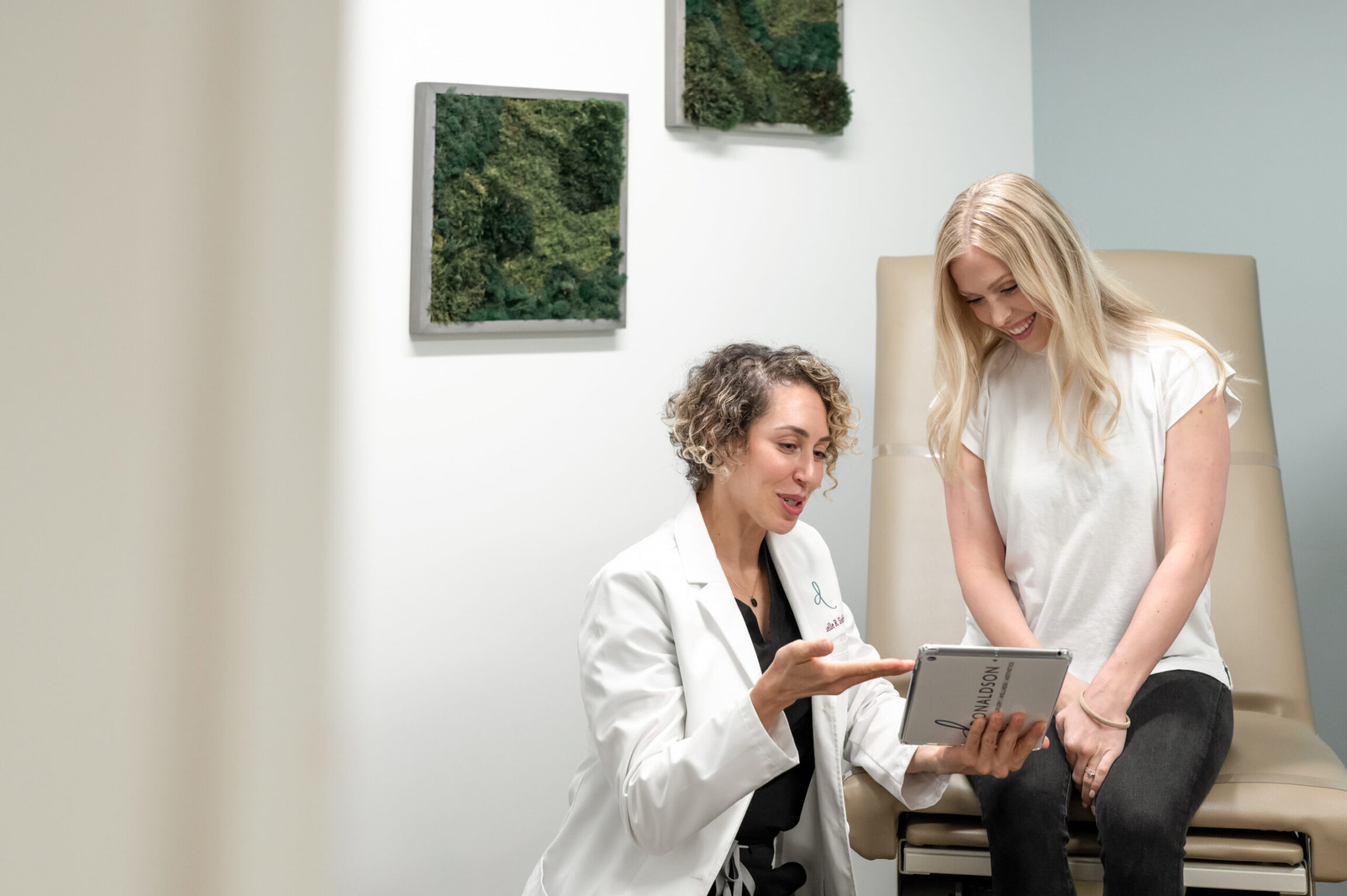
General anesthesia and MAC (monitored anesthesia care) are two of the most commonly used forms of anesthesia in the plastic surgery industry. Anesthesia is a safe and time-tested form of medicine used to temporarily reduce sensation or eliminate feeling in a particular area of the body. It is most often used during medical or surgical procedures to reduce pain, anxiety and discomfort.
While many patients understand the general concept of anesthesia, the differences between general anesthesia and MAC may be unfamiliar to some.
In this guide, we will explore the core differences between these two types of anesthesia, as well as when each type may be used. We will also discuss the advantages and disadvantages of each method so that you can understand and potentially decide the best option for your surgical needs.
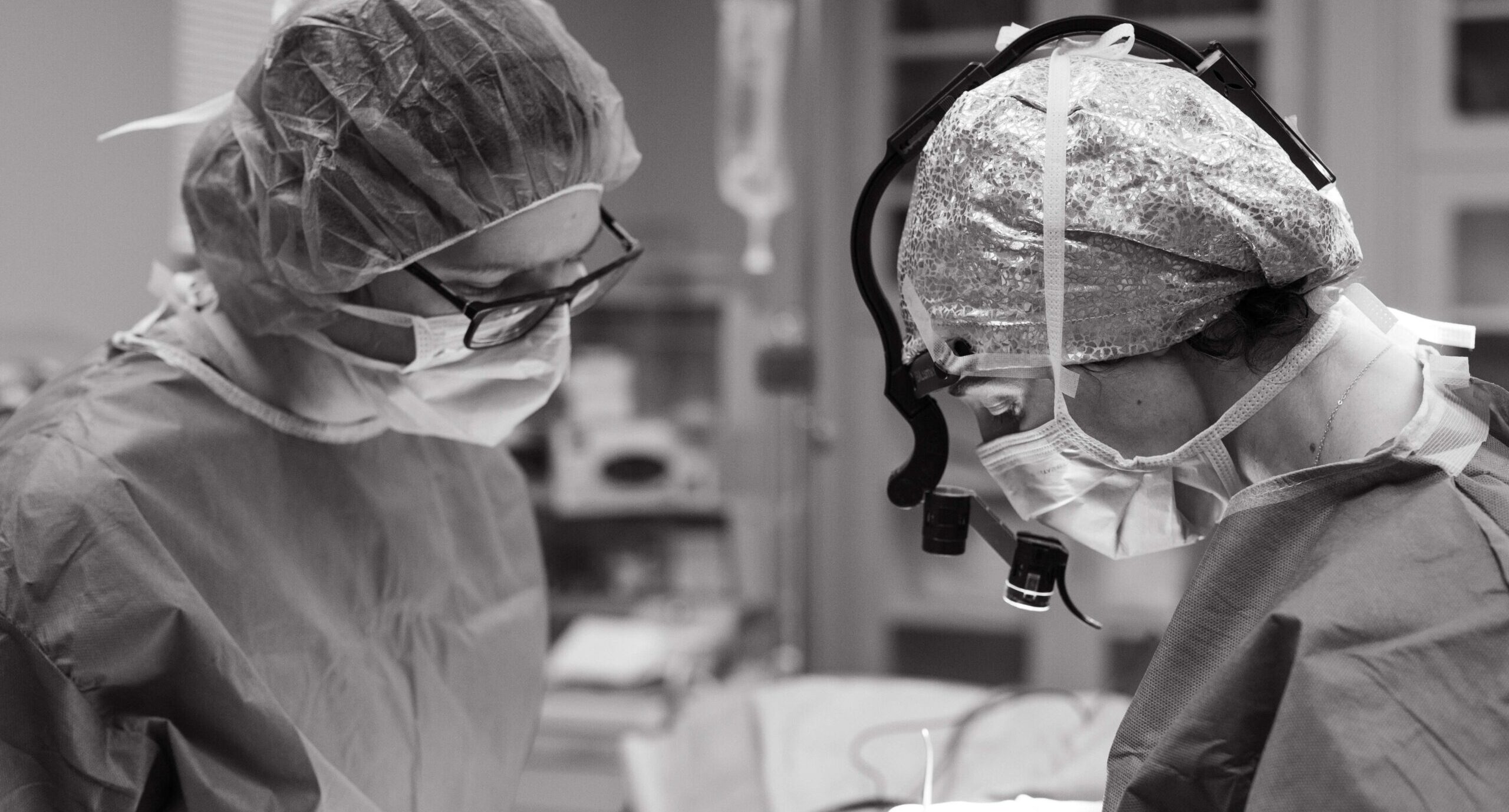
The Basic Of General Anesthesia
General anesthesia is a specially formulated combination of medications designed to cause a complete loss of consciousness and block body sensations during surgery. Because they are placed in a sleep-like state, patients who are under general anesthesia are unable to feel anything that happens to their bodies throughout the procedure, including the pain of the procedure or the movement of the anesthetist’s hands as he or she performs medical procedures.
This type of anesthesia can be combined with muscle paralysis so that the anesthetist can more easily move the patient’s body. General anesthesia is most frequently used for surgical procedures, such as hip replacements, cosmetic procedures and even surgeries to correct congenital birth defects.
The most common method of delivery for general anesthesia involves a combination of an intravenous (IV) line through the arm and anesthetic gases to induce a sleep-like state.
The Benefits Of General Anesthesia
- Vital airways are always protected
- No movement from the patient during the surgery
- No chance of remembering anything from the procedure
- No chance of feeling anything during the procedure
Is General Anesthesia Safe?
Yes. General Anesthesia is considered very safe. The risk of a catastrophic event from anesthesia alone is about 0.01 and 0.016% — and this includes emergency surgeries. While under general anesthesia, you will receive constant support to maintain proper breathing and close monitoring to ensure your vital functions (heart rate, blood pressure, oxygen levels, etc.) are at optimal levels.
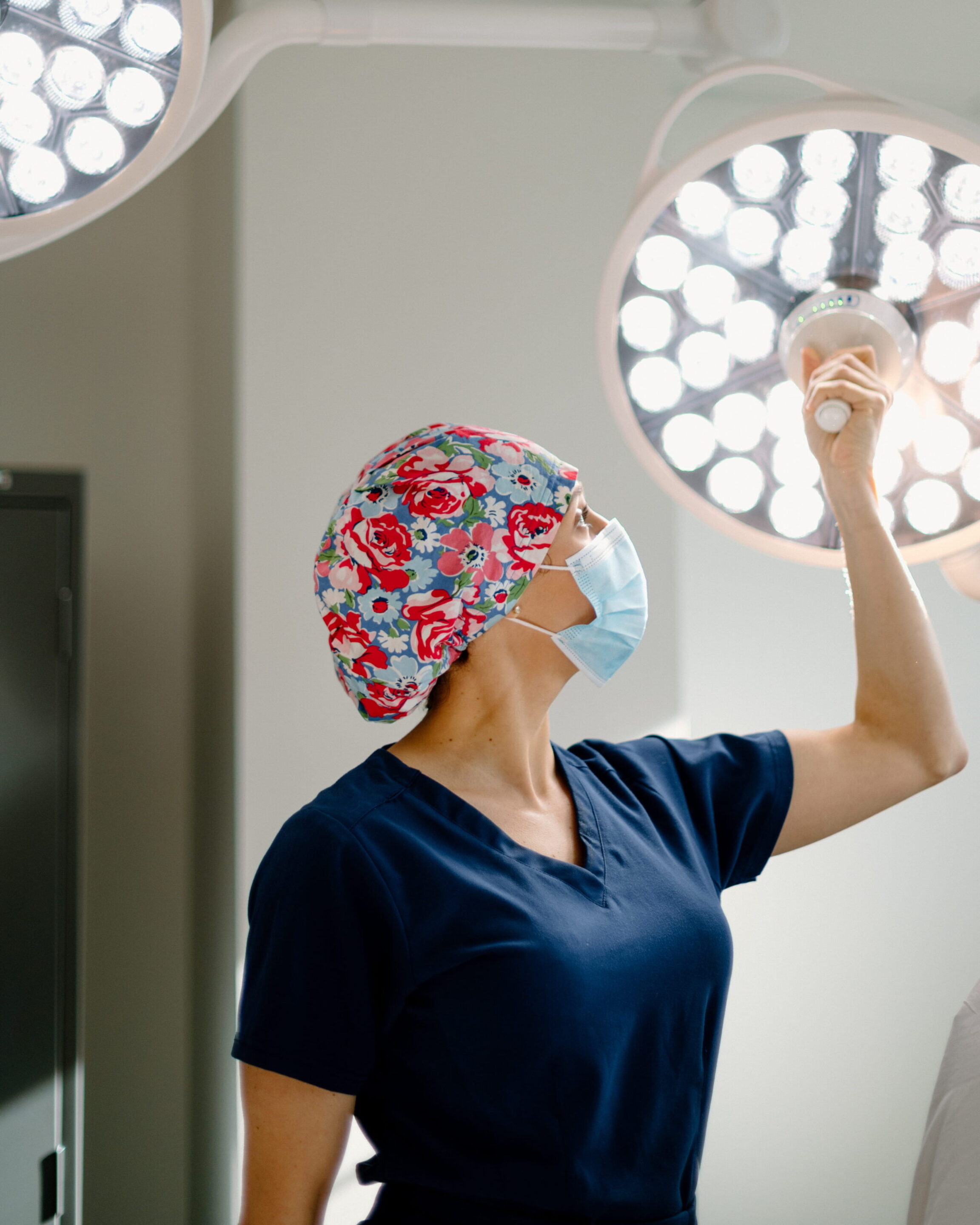
What Are The More Serious Risks Associated With General Anesthesia?
Once again, these events are exceedingly rare and controls are put in place to address them immediately if they should arise, but they include:
- Peripheral nerve damage
- Aspirational pneumonitis
- Waking up under anesthesia
- Cardiac arrest
What Surgeons Do To Improve Safety:
- Perform due diligence when it comes to learning about a patient’s medical history
- Do not agree to administer anesthesia to elderly patients who do not need it or those that suffer from heart disease, Parkinson’s, Alzheimer’s or have suffered a stroke
- Adopt the latest technology, including wireless communication and monitoring equipment
- Educate patients about what they can do at home before and after their procedure to ensure their own safety

What Patients Can Do To Improve Safety:
- Partake in a strict fast for 6 – 8 hours before the procedure
- Stop smoking
- Abstain from alcohol for at least 48 hours
- Lose any additional weight leading up to the day
- Detail any medications you are currently taking well ahead of time
- Scour family medical history for any events of adverse reactions to general anesthesia
- Be truthful and transparent about your own medical history
What Are The Side Effects Of General Anesthesia?
- Nausea & vomiting
- Dry mouth & sore throat
- Sleepiness & fatigue
- Slower reflexes
- Confusion as you begin to wake up
- A temporary impact on your short-term memory
“Unhealthy people may have an increased risk of experiencing a cardiovascular events — which makes our detailed patient screening process so important. There is a greater likelihood of post-operative nausea and vomiting, however we now have a litany of medications, as part of ERAS protocol, that we can offer to prevent this. It also takes longer to wake up after surgery.”
What Does General Anesthesia Feel Like?
Most patients describe the feeling as a warm or cold injection. Some have mentioned a very temporary stinging feeling near the IV that only lasts for a few seconds.
General Anesthesia Recovery
Throughout the procedure, different medications will be administered through the IV to help aid in recovery. These include:
- Antibiotics
- Pain control medications.
- Medicine to reduce nausea
It can take up to 24 hours for the anesthesia to be fully out of your system, which makes it incredibly important to have adult supervision while you recover. While the more inhibiting side effects of anesthesia medications will be gone after a day, the lingering tiredness and fatigue may last up to 72 hours depending on the patient and the intensity of their surgery.
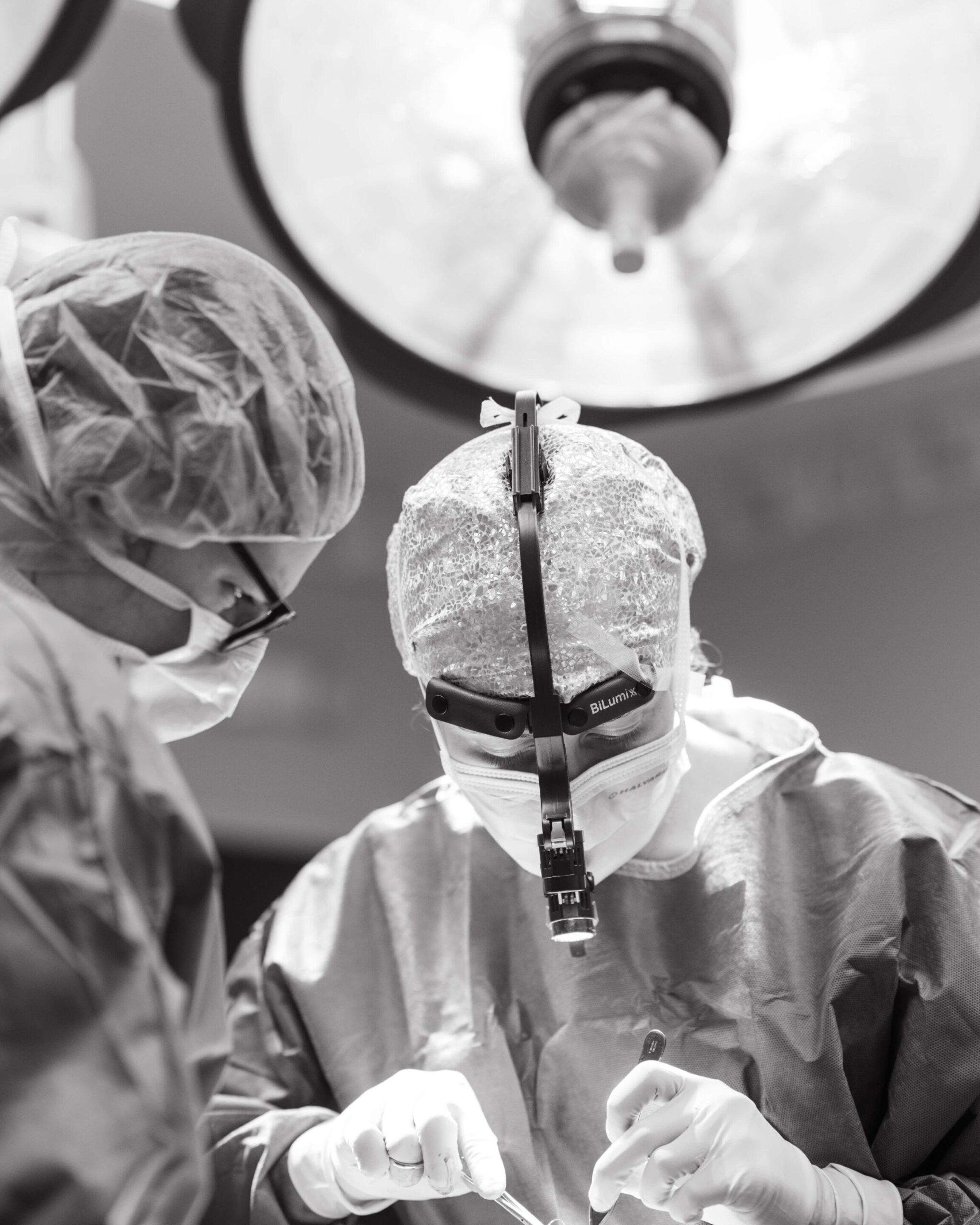
At Donaldson Plastic Surgery, We Employ General Anesthesia While Performing The Following Procedures:
- Breast surgeries (breast augmentation, lift, reduction and implant removal)
- Tummy Tuck
- Liposuction
- All neck lifts and the large majority of facelifts
What Is MAC Anesthesia?
MAC stands for “monitoring anesthesia care.” Under MAC, a patient receives medication through an IV to sedate them while breathing on their own with assistance from an oxygen mask. They may have lucid moments where they remember being in the operating room but for the most part, they experience amnesia about the process once they wake up. The patient doesn’t require a breathing tube and can potentially move around during the procedure. They are continuously monitored and sedation is adjusted as needed.
MAC is sometimes referred to as “conscious sedation” or “twilight sleep.” This form of anesthesia is used for minor or quicker surgical procedures, such as colonoscopies, dental procedures and some eye surgeries.
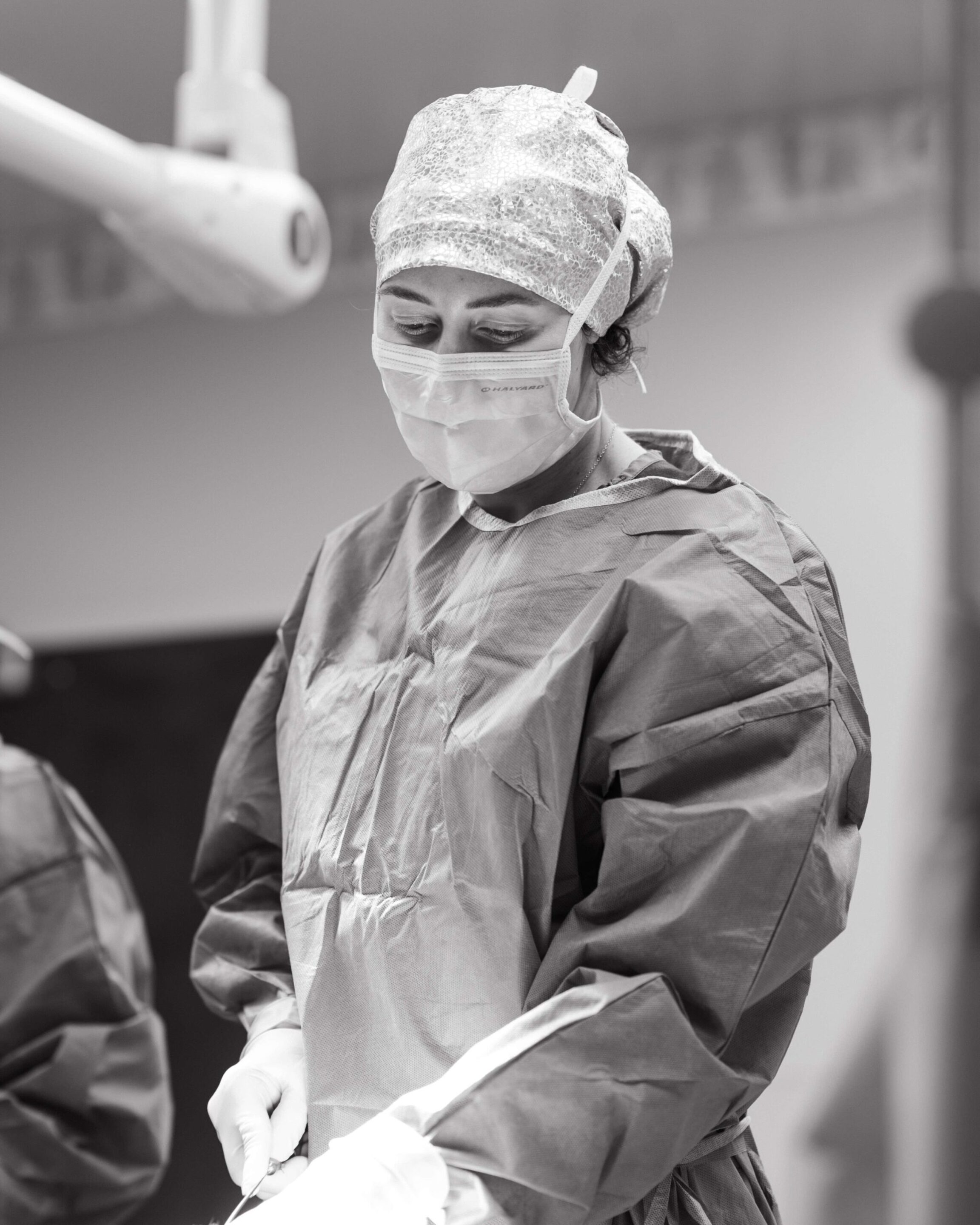
What Is MAC Recovery Like?
Relative to general anesthesia, MAC recovery has a shorter recovery timeline. Fatigue and the after-effects of the sedation can last up to several hours after the procedure. It may take up to 24 hours for all of the anesthetic to be out of your system.
The Benefits Of MAC Anesthesia
The advantages include a lowered risk of post-operative nausea/vomiting, no necessary breathing tube and a quicker wake up after surgery.
The Drawbacks Of MAC
Because the patient is still conscious, they have the ability to move throughout a procedure which can be very dangerous and make a surgeon’s job more difficult. The patient may require more local anesthetic throughout the process which can lead to Local Anesthetic Systemic Toxicity (LAST). If they become over-sedated, they may lose their airway which would require emergent intubation. Patients may also remember parts of their procedure which can be unpleasant.
The Core Differences Between General Anesthesia & MAC
General anesthesia is often used during surgical procedures that require a complete loss of consciousness and involves the use of an endotracheal tube in the throat. This type of anesthesia is only available at a few hospitals and surgery centers, and it must be scheduled in advance. MAC is used in a wide range of minor procedures. This method is used more often than general anesthesia because it is less intrusive than IV monitoring and satisfies the needs of more common surgeries.
Can A Patient Ask For MAC Anesthesia Instead of General Anesthesia?
Context matters strongly when discussing MAC as an alternative to general anesthesia. Simply put: there are some procedures that are too intensive to have performed while the patient is in a twilight state. A patient can endorse a specific method over another but the ultimate decision of which type is safest is up to the doctor and anesthesiologist. A patient can then decide if they feel comfortable moving forward with that surgical procedure based on the professional recommendation.
“Some facelift-only patients may be candidates for MAC anesthesia, and I am willing to consider this as an option. However, they still have to go to the operating room because we do not have anesthesia providers in our office.”
About The Author
Dr. Michelle Sieffert is a board-certified plastic surgeon at Donaldson Plastic Surgery. She works directly with trained anesthesiologists in the operating room to ensure the utmost safety for her patients. Dr. Sieffert continues to adapt her advanced surgical techniques to meet the best practices surrounding anesthesia while dedicating time to educating patients about the benefits of both general anesthesia and MAC.
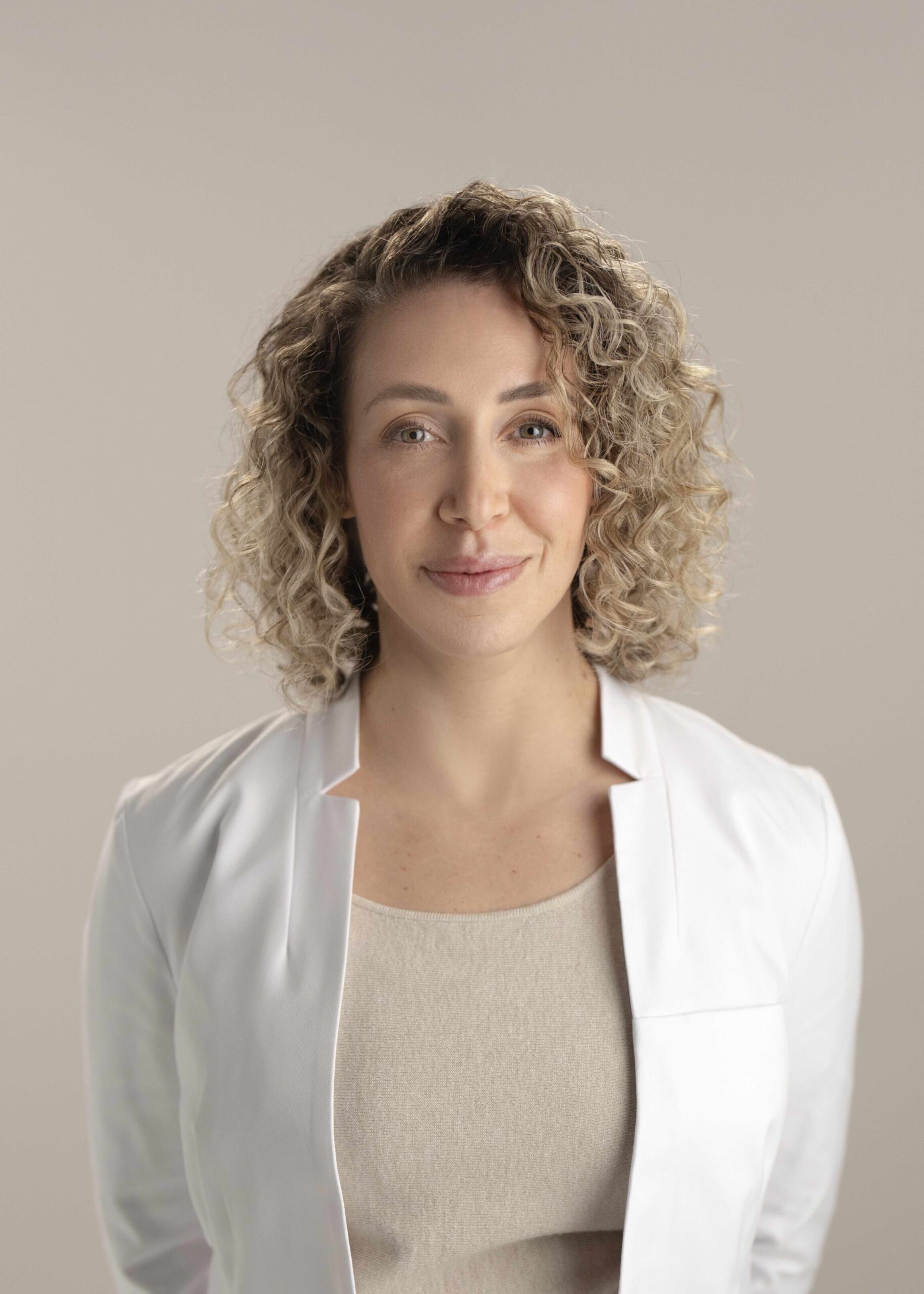
Related Articles

Read More Surgical Recovery Timelines and How to Plan
Surgical Recovery Timelines and How to Plan
Specific plastic surgery procedures will have slight differences in terms of exact recovery time expectations, but all surgeries have periods that are specific to downtime along with their own activity restrictions.

Read More Coming Out of Quarantine
Coming Out of Quarantine
If you’ve taken this time of social distancing for self-improvement, then you’re probably also thinking, “Once I’m allowed back to some sense of normalcy, what things can I do (that I couldn’t do at home) to continue what I started?” Dr. Sieffert shares her top 5 recommendations.

Read More Taking Photos for Your Virtual Consultation
Taking Photos for Your Virtual Consultation
So, you have reached out and scheduled your virtual consultation with Dr. Donaldson or Dr. Sieffert. The next step is to submit a series of photographs to help your plastic surgeon create an individualized plan that is just right for you!








